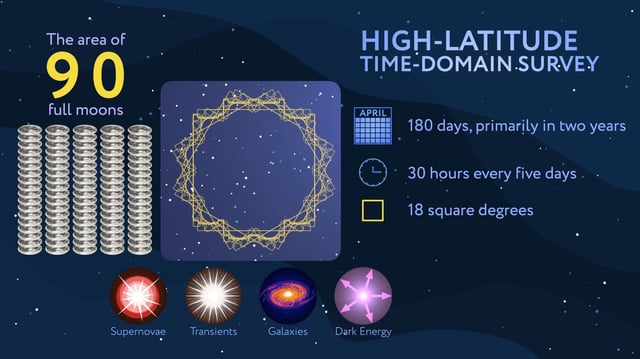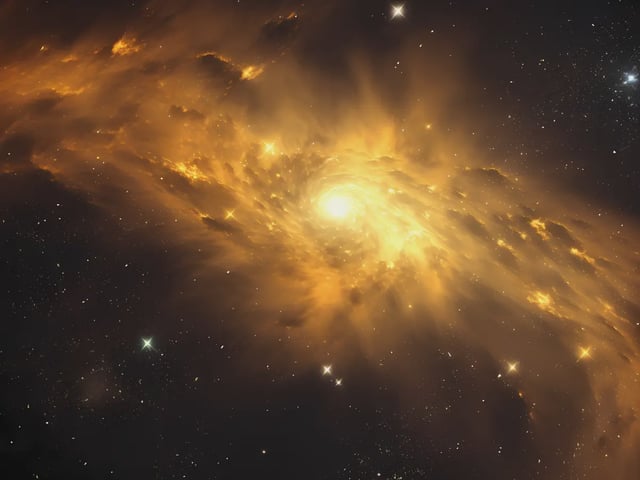Overview
- Comprehensive simulations published July 15 predict the two-year High-Latitude Time-Domain Survey will capture roughly 100,000 transient events between 2027 and 2029.
- The study forecasts about 27,000 type Ia supernovae and 60,000 core-collapse supernovae, expanding current samples by nearly tenfold.
- Researchers expect to record dozens of extreme phenomena, including at least 90 superluminous supernovae, around 40 tidal disruption events and five new kilonovae.
- Survey operations will scan 18 square degrees of sky every five days to build a time-domain map probing cosmic history up to 11.5 billion years ago.
- NASA Goddard and partner teams are finalizing machine-learning classification pipelines to handle the unprecedented data volume when observations begin.

